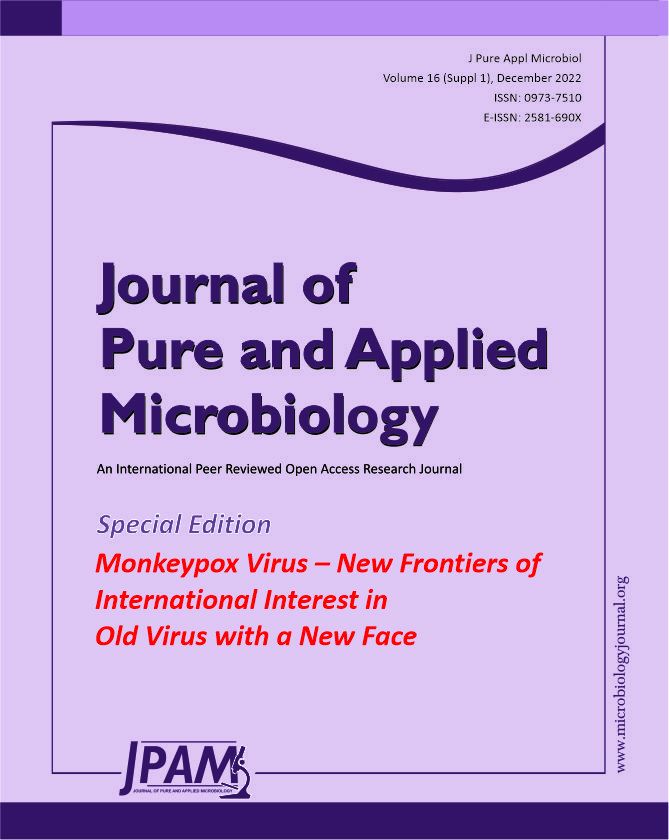On July 23, 2022 the World Health Organization (WHO) has announced the Monkeypox disease (MPXD) as a worldwide public health issue. This study conducts a systematic review and meta-analysis to determine the overall case fatality rate (CFR) of MPXD worldwide during 1970–2022. The tenure-tracked MPXD outbreaks associated with CFR were calculated based on available published data from six different periods (i.e., 1970-79, 1980-89, 1990-99, 2000-09, 2010-19, and 2000-2022). A total of 229 peer-reviewed accessible articles were investigated, of which, 17 articles met the inclusion and exclusion criteria. Most of the studies on MPXD CFR were published in the Democratic Republic of the Congo (DRC) providing 47% of data for the current meta-analysis. The overall pooled CFR of MPXD was 4.14% (range: 0.62% – 9.51%) during 1970–2022. In this study, total of 379 death cases were found from published MPXV based research articles where the pooled estimate CFR was 1.87%. The pooled CFR was higher during the earlier outbreak of the MPXD such as 10.71% in 1970-1979. With the progress of time, the CFR from MPXD followed a decreasing trend and reached 5.38% in 1980-1999 and 4.45% in 2000-2022. Young male children aged< 10 years were found to experience the worst outcome with a CFR of >73.0%. This is the first meta-analysis using 52 years of data which indicates that the CFR of MPXV is decreasing from previous years. The findings of this meta-analysis might be paramount for the policymakers to tackle MPXD and minimize the overall CFR of MPXD through strategic actions.
Monkeypox Disease (MPXD), Monkeypox Virus (MPXV), Zoonotic Disease, Case Fatality Rate (CFR), Systematic Review, Meta-analysis
© The Author(s) 2022. Open Access. This article is distributed under the terms of the Creative Commons Attribution 4.0 International License which permits unrestricted use, sharing, distribution, and reproduction in any medium, provided you give appropriate credit to the original author(s) and the source, provide a link to the Creative Commons license, and indicate if changes were made.


